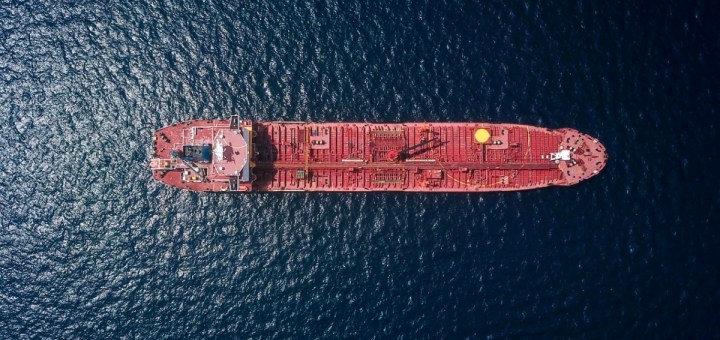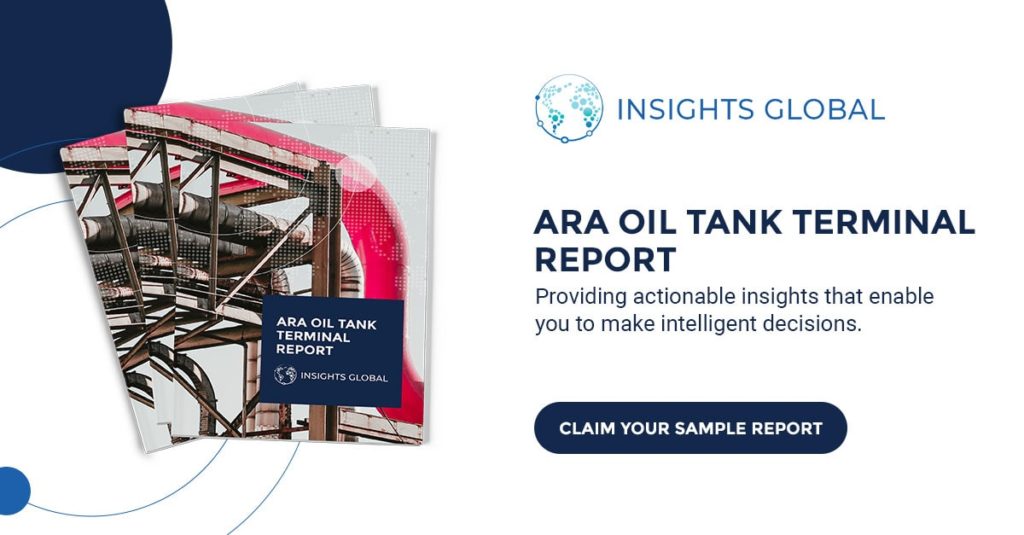
What lies in store?
Patrick Kulsen and René Loozen of Insights Global consider the impact of COVID-19 and IMO 2020 on bunker fuel consumption and ARA tank storage demand.
The assumption is that the current lockdown lasts three months and has a negative impact on marine fuel bunker consumption levels. After the lockdown, the consumption level will gradually normalise, which will take five years.
The real impact of COVID on global and regional GDPs is not clear yet, but we may conclude that the IMO 2020 regulation have had a positive impact on the ARA tank storage demand.
As we are now well into the second quarter of 2020 it is useful to look back on the introduction of the recent IMO legislation on the regulation of sulphur emissions from bunker fuels. The dust has settled with respect to the implementation of these new rules. But as this happened a ‘black swan’ arrived on the global oil scene: COVID-19 or the Coronavirus. This pandemic and the international crisis it evoked is gripping international trade and impacting on shipping and bunker sales like nothing we have ever seen before. So, this article will also look forward to estimating the medium-term impact on bunker markets and, in particular, on bunker storage markets.
Run-up to 2020
The International Maritime Organization’s (IMO) regulation mandating a reduction in the sulphur content of marine fuels to 0.50% or below came into effect on 1 January 2020.
Leading up to the start of this new era in marine fuels there were multiple opinions or scenarios about which bunker fuels would become dominant. In first instance, most stakeholders thought high sulphur fuel oil (HSFO) would remain a dominant bunker fuel because of the expected uptake of scrubbers. Other stakeholders assumed that marine gasoil (MGO) would become main bunker fuel as there wouldn’t be enough supply of 0.50% very low sulphur fuel oil (VLSFO). Some oil majors, the International Energy Administration (IEA) and consultants then changed their opinions, believing that VLSFO would become the dominant fuel. There were other stakeholders, like the gasoil traders, who thought that the demand for MGO would increase significantly because of IMO 2020.
The first months of 2020
The first months of 2020 have shown that VLSFO seems to be the dominant bunker fuel. Consumption of MGO increased only slightly by around +10%. HSFO accounts for about 20% of total fuel oil consumption, with the rest being mostly VLSFO.
The introduction of the new VLSFOs has led to some compatibility concerns. VLSFO blends can come from residual components and distillate components. Residual components are mostly aromatic due to the asphaltenes in the bottom of the barrel. Distillates are high on paraffins. Blending these two streams together can lead to compatibility issues. This can occur if a ship switches between different batches and the fuel is mixed in the ship’s fuel tank, a process also known as commingling. The co-mingling of bunker fuels from different origins could lead to serious damage to engines or the clogging of fuel lines. VLSFO residue blends, being more aromatic, and hydrotreated vacuum gasoil (VGO), being less aromatic have these compatibility issues.
These compatibility issues also have an impact on the demand for storage capacity as some product owners have taken steps to avoid commingling new fuels in their tanks. So, this calls for segregated tanks, which will increase demand for tanks.
An important and lucrative business for oil traders in the Amsterdam-Rotterdam-Antwerp (ARA) region used to be the transhipment of fuel oil from Russia to the Far East. However, this transit flow has largely disappeared. On the one hand, the supply of Russian fuel oil has gone down whereas the demand for fuel oil in Asia has also dropped significantly. Furthermore, Asian bunker demand for fuel oil is currently being supplied from other closer regional sources. Nowadays, Russian exports are being directly exported in smaller tankers, with the US as the main destination. The ARA is no longer the heavy fuel oil transhipment hub.
Looking ahead
Our assumption in the post-2020 era is that the shipping industry will keep on using fuel oil as the dominant marine fuel (80%) but it is unclear is what the respective shares of VLSFO and HSFO will be.
In our forecasting models, the Corona effect is incorporated. The assumption is that the current lockdown lasts three months and has a negative impact on marine fuel bunker consumption levels. After the lockdown, the consumption level will gradually normalise, which will take five years. Our assumption of five years is based on experience in the past and the enormous fall of GDP which influences the consumption of fuel oil.
The International Monetary Fund (IMF) forecasts a 3% contraction of global GDP in 2020, while the Eurozone will see a decline of 7.5% in 2020. It will take several years of GDP growth to be back at the same GDP level as in 2019. The consumption of bunker fuel is heavily correlated with global trade, so we expect it will take several years before bunker fuel market is at the same level as in 2019.
Due to growing bunker fuel consumption and declining average production, surplus in NW Europe will change into a deficit. Terminals in ARA specialising in fuel oil will benefit from the growing size of the fuel oil bunker market. As the number of grades has increased and more components are needed to blend into VLSFO / HSFO / MGO, more storage capacity is needed.
Additionally, on top of these structural effects on fuel oil supply, demand and imbalances, there is an enormous oversupply in the market due to the COVID-19 crisis. This has resulted in a steep contango in fuel oil forward prices and is stimulating traders to buy and store excess fuel oil supply. This provides major support for fuel oil storage rates in the short to medium term.
So, in summary, the introduction of the IMO 2020 regulation and the COVID-19 crisis have had the following impact:
• More tanks needed to segregate and blend fuel grades
• Less arbitrage flows limit the demand for large tanks
• Long term bunker demand growth and rising imbalances will support tank demand
• Short to medium term support of fuel oil storage rates due to steep contango.
The real impact of COVID on global and regional GDPs is not clear yet, but we may conclude that the IMO 2020 regulation have had a positive impact on the ARA tank storage demand. Also, in the short to medium term, the COVID-19 / Corona crisis has had a positive effect on the tank terminal business.

